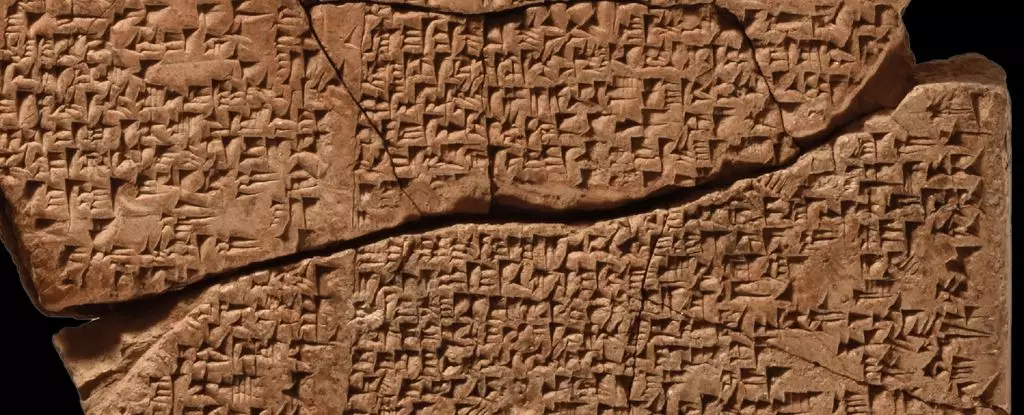For centuries, the marvels of ancient Babylon have inspired awe and curiosity, yet the true essence of its societal magnificence has remained obscured beneath layers of broken clay and fragmented texts. This ancient metropolis, which once dominated the world’s stage, had a cultural richness that modern scholars only whisper about through scattered inscriptions. The recent discovery and reconstruction of a 250-line hymn—an ode of praise and detailed insight—has the potential to radically transform our understanding of Babylonian life, spirituality, and societal roles. This breakthrough is not merely about retrieving a piece of literature; it’s about reclaiming a narrative that embodies both the grandeur and the nuanced human experiences of a civilization long gone.
Historical Reconstruction as a Reflection of Cultural Resilience
The painstaking process undertaken by linguists and archaeologists demonstrates the resilience of cultural memory in the face of time’s relentless march. The use of cutting-edge AI technology to piece together fractured cuneiform tablets exemplifies how modern innovation can serve as a bridge to ancient worlds. But beyond the technological marvel, what stands out is the human story embedded in this hymn—a story of admiration, devotion, and societal values that echo even in our contemporary struggles. Babylon’s residents, through their hymns and inscriptions, sought to immortalize their city’s natural beauty and societal virtues, compiling a narrative of pride and spirituality that defies the erasure of time.
Challenging Past Assumptions About Gender and Society
Remarkably, this hymn offers rare glimpses into the roles of women within Babylonian society, especially priestesses whose social and spiritual significance has often been undervalued. The text emphasizes their virtues—devotion and discretion—painting a picture that some might interpret as limiting. However, this portrayal actually underscores a complex societal fabric where spiritual authority and moral virtue were central, even if confined by gendered norms. Instead of dismissing such descriptions as regressive, we should recognize them as reflections of a society grappling with the intersections of morality, power, and tradition—a society that valued virtue but also left behind clues about roles that were more diverse and layered than our initial assumptions might suggest.
The Power of Reclaimed Narratives
The hymn’s widespread copying across tablets over centuries underscores its importance, not merely as religious or poetic liturgy but as a vessel of cultural identity. The fact that it was likely a staple in education highlights the role of shared literature in fostering a collective sense of heritage. This discovery forces us to reconsider how societal values and collective memory persisted and evolved over generations. It challenges the notion that ancient civilizations were static, instead illuminating their dynamic nature—embracing progress, tradition, and the enduring human desire to connect with one’s history. The resilience of this hymn in the archaeological record reveals a society deeply invested in narrative, virtue, and the awe-inspiring grace of their environment.
In essence, this breakthrough into Babylon’s hidden hymns exposes more than just ancient texts; it reveals a civilization eager to shape its identity through praise, virtue, and collective memory. It is a testament to how modern science and a relentless quest for understanding can breathe new life into historical narratives long thought lost, offering us a more nuanced and empowering perspective on the past.


Leave a Reply